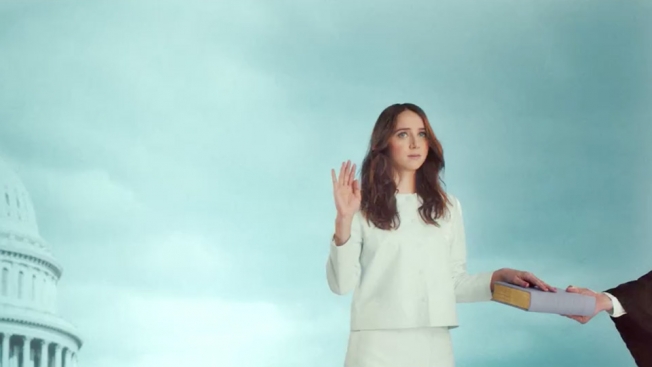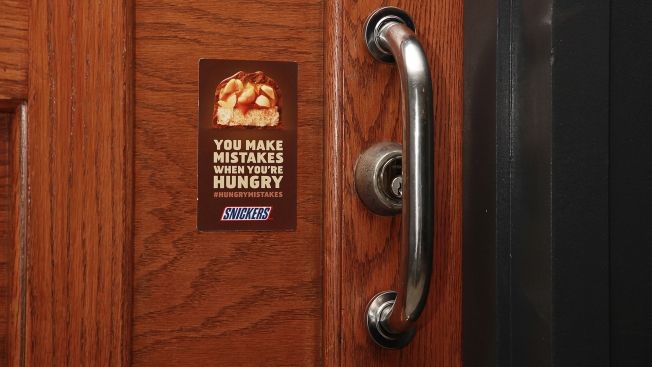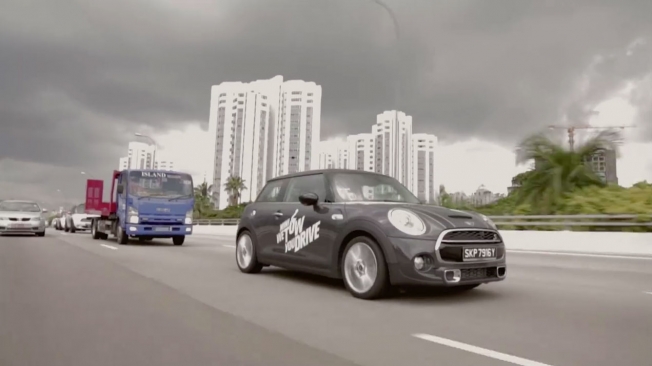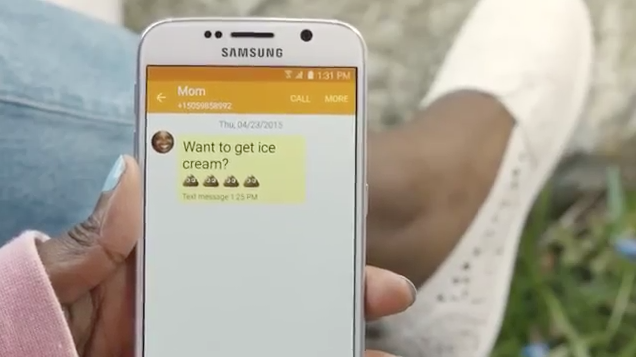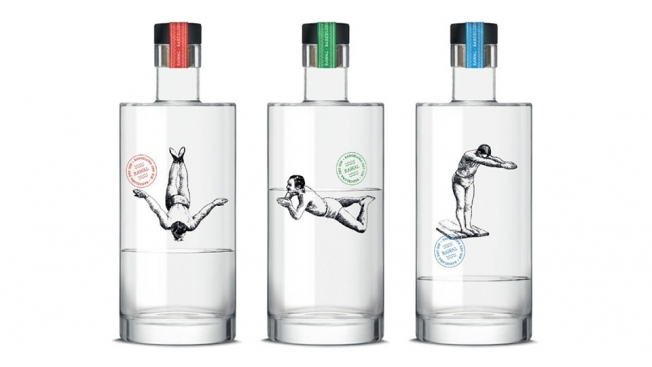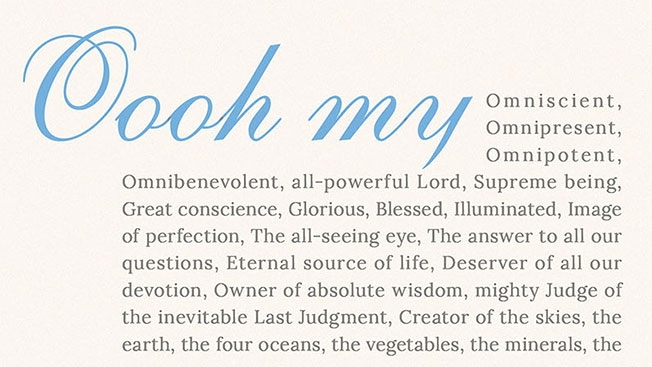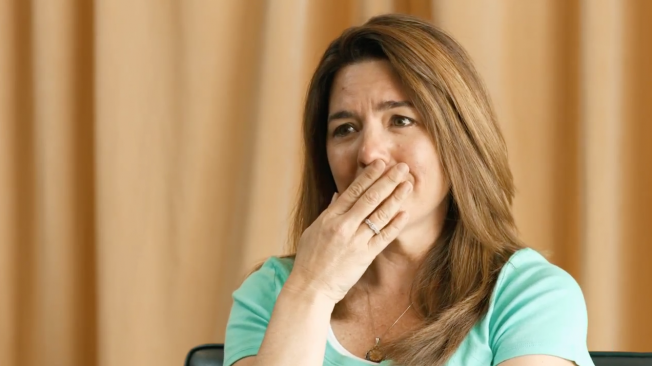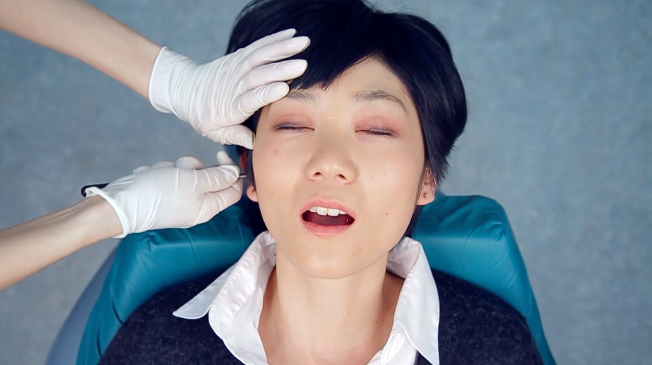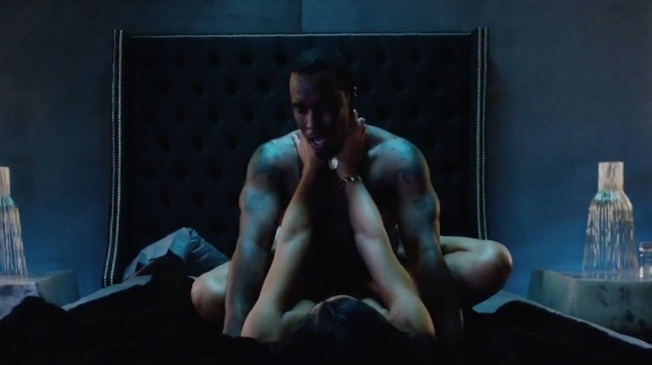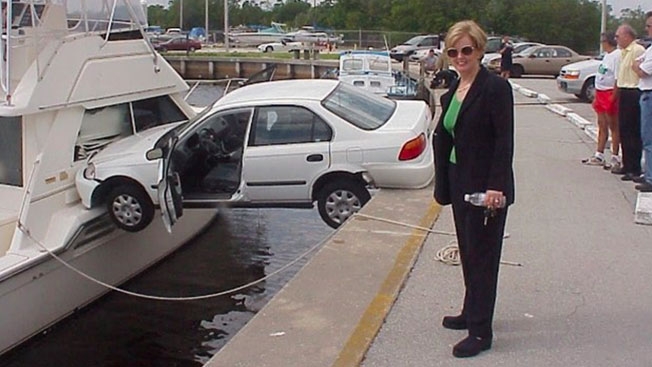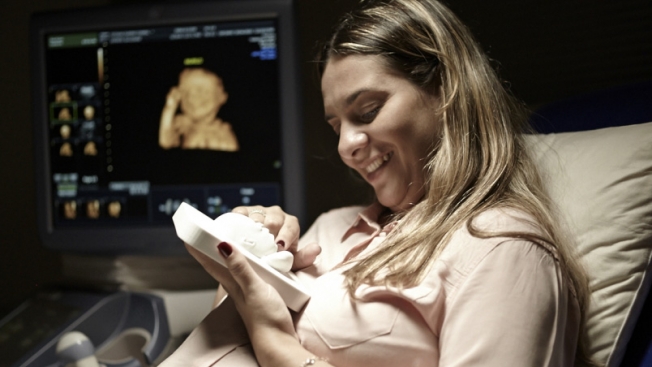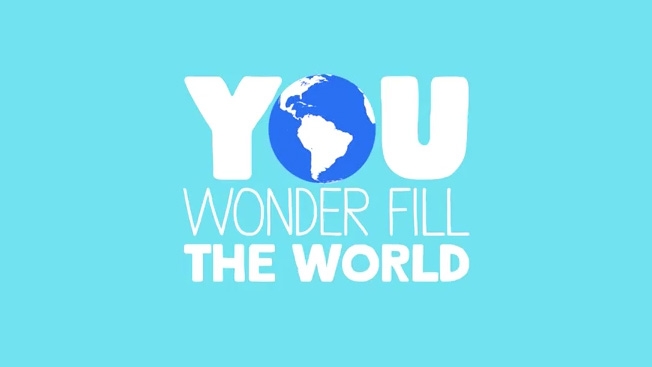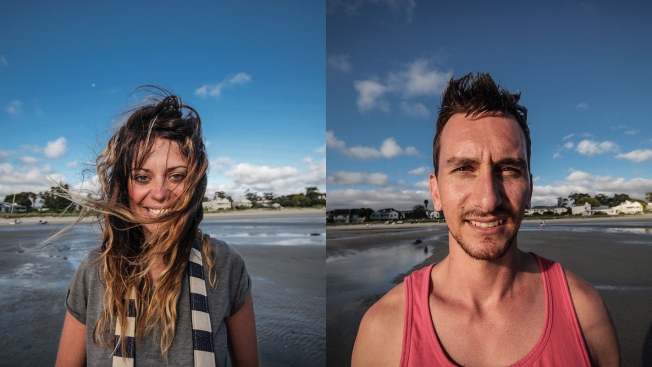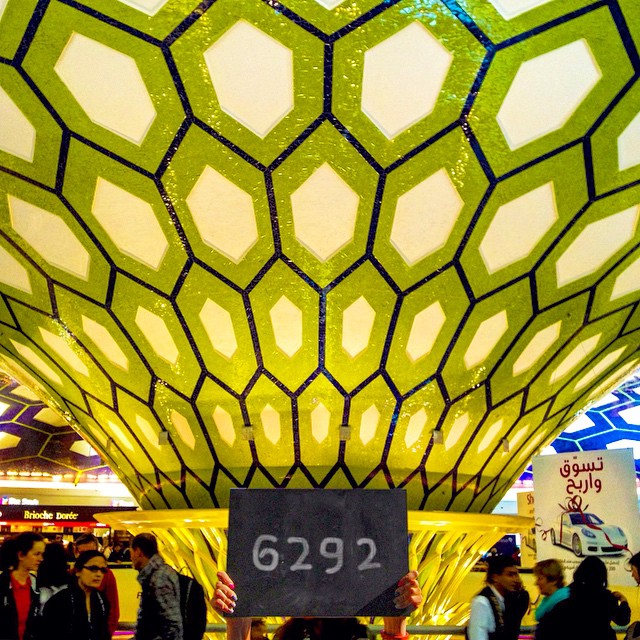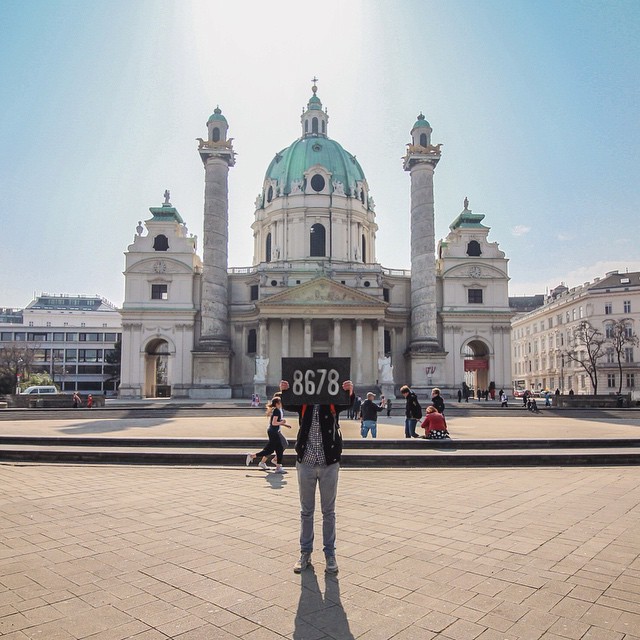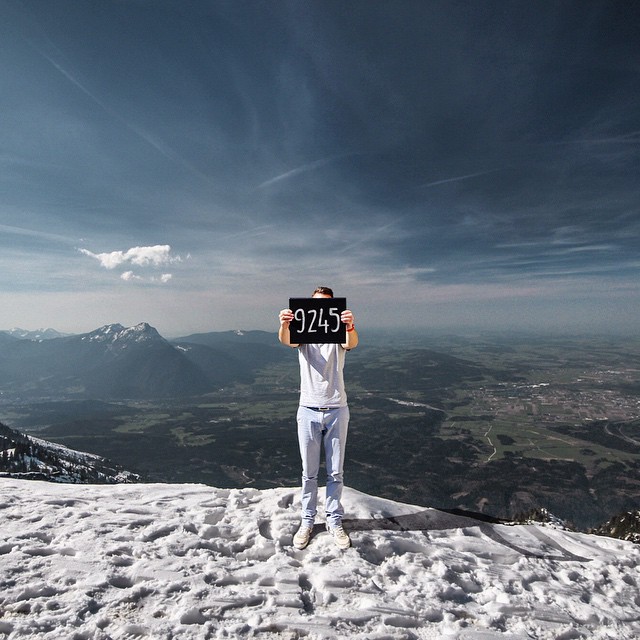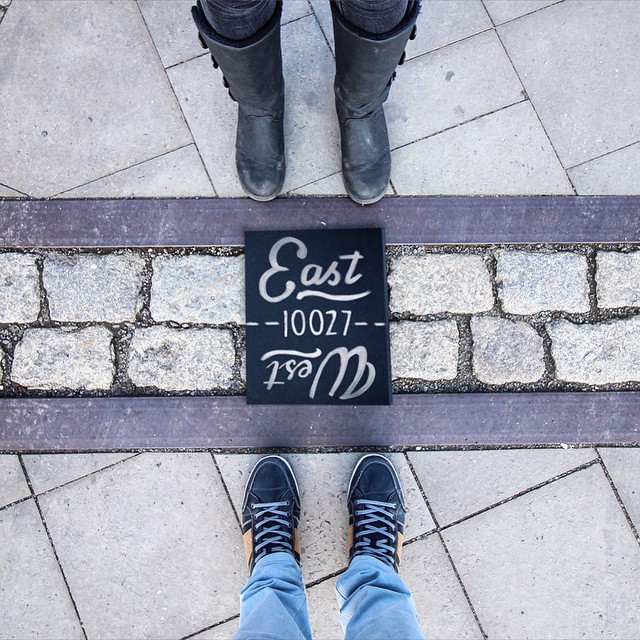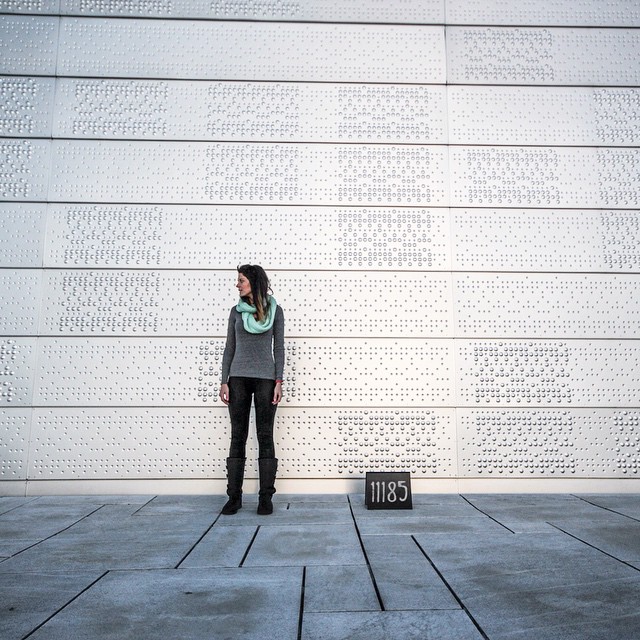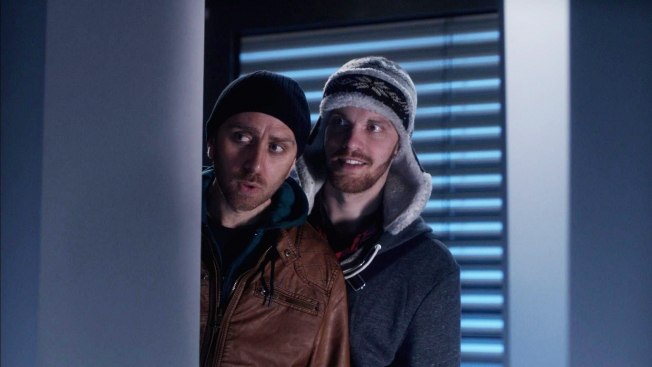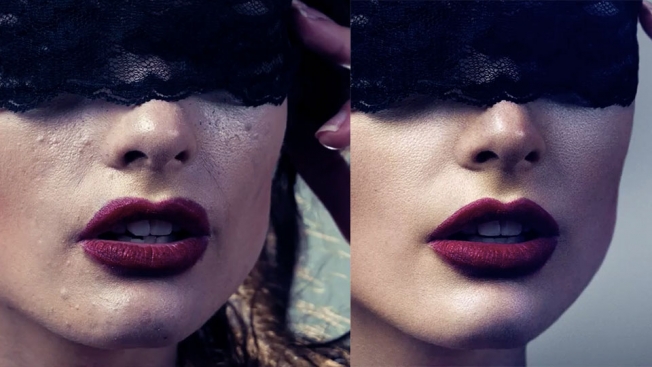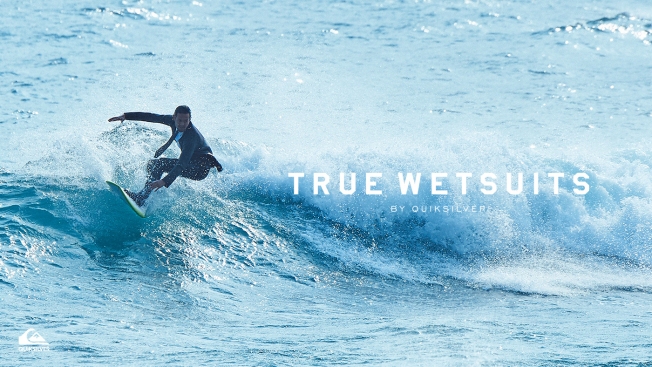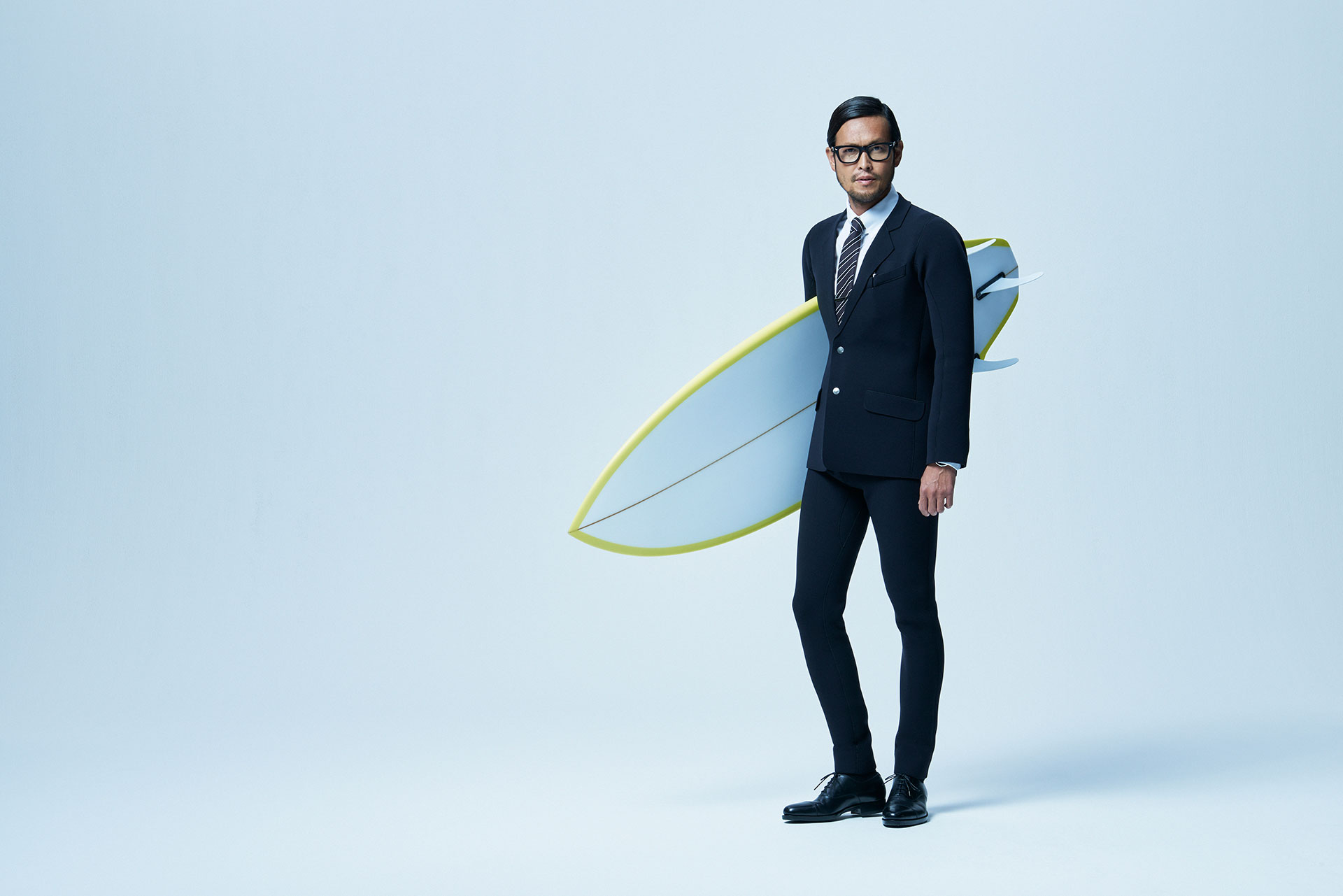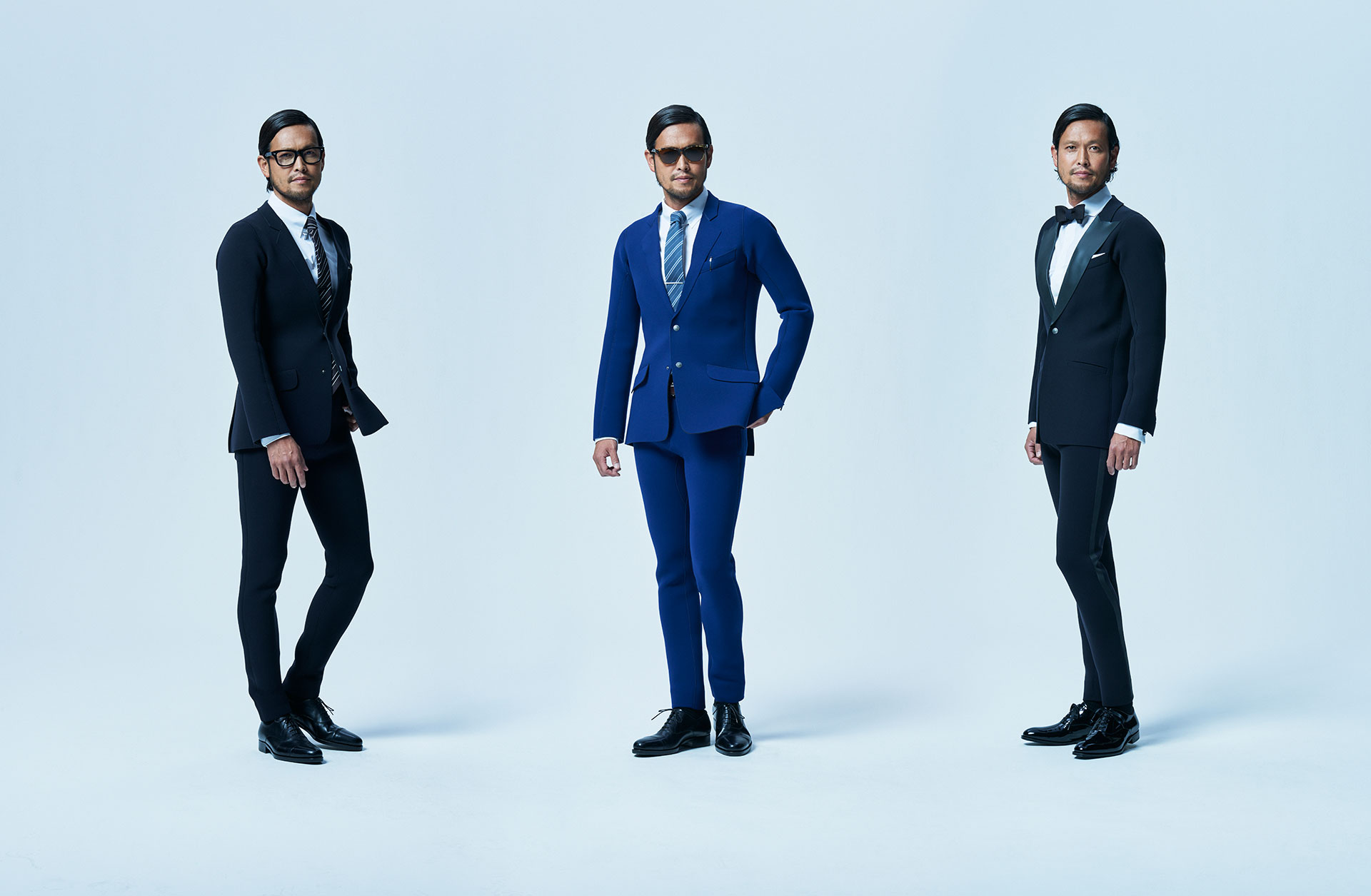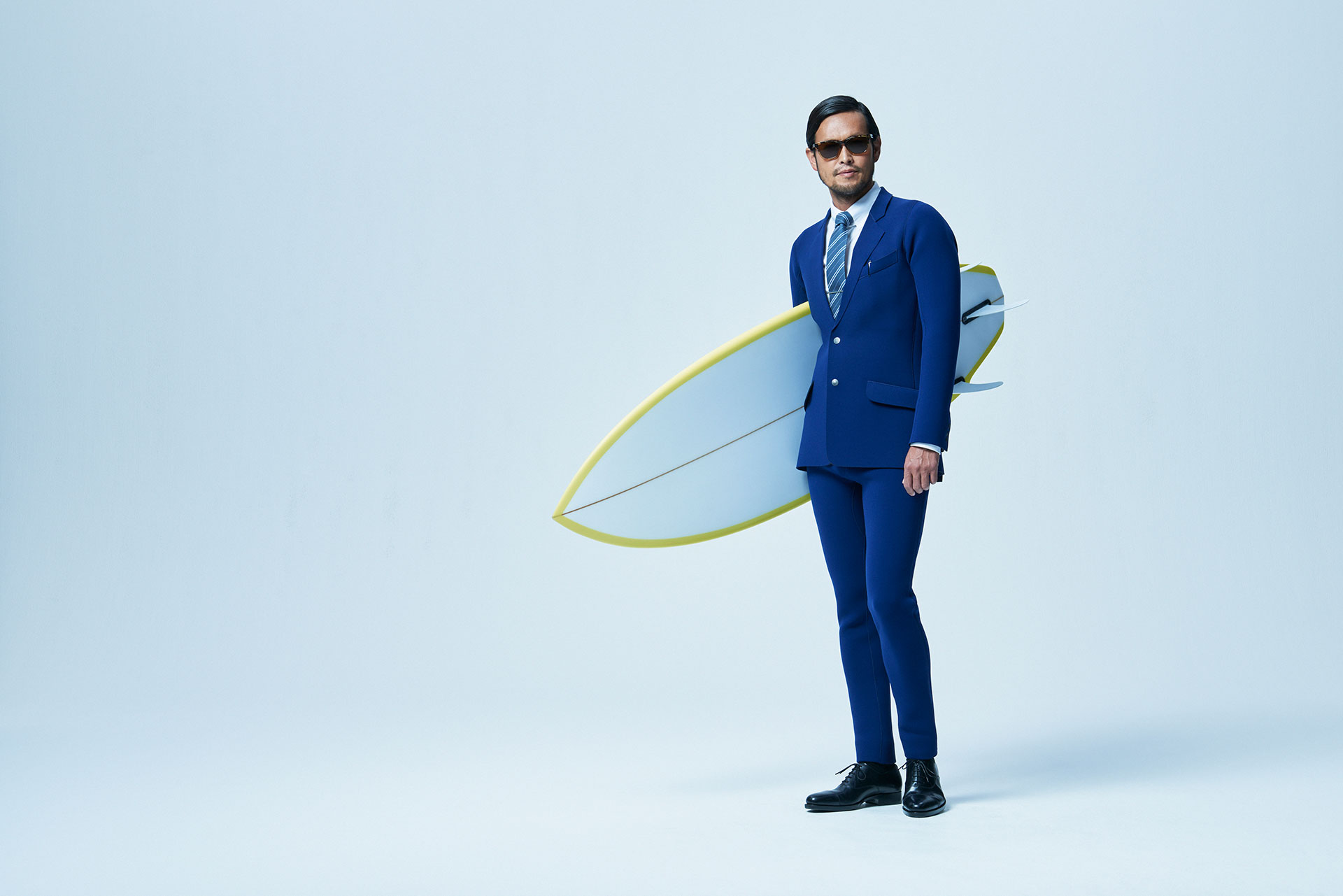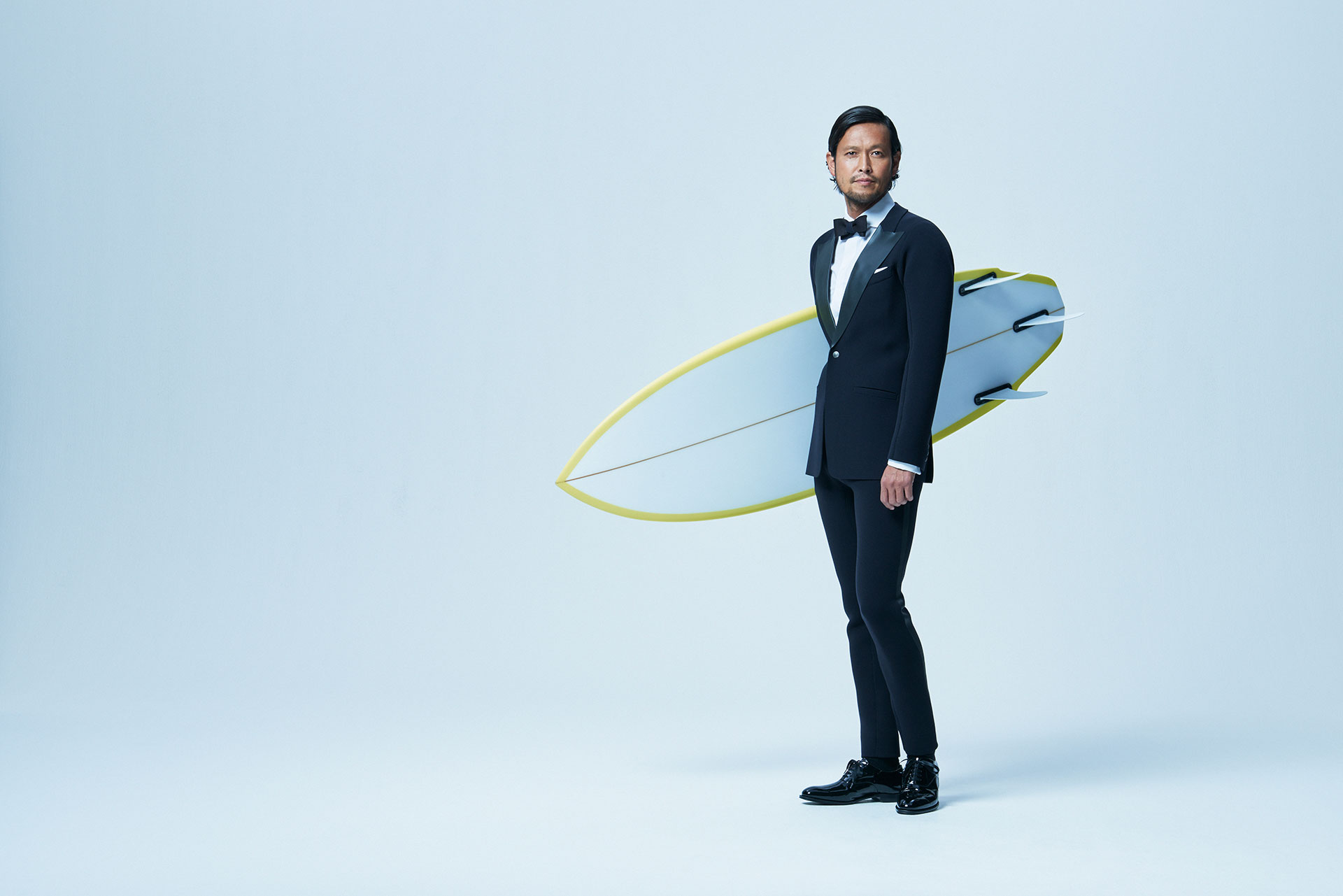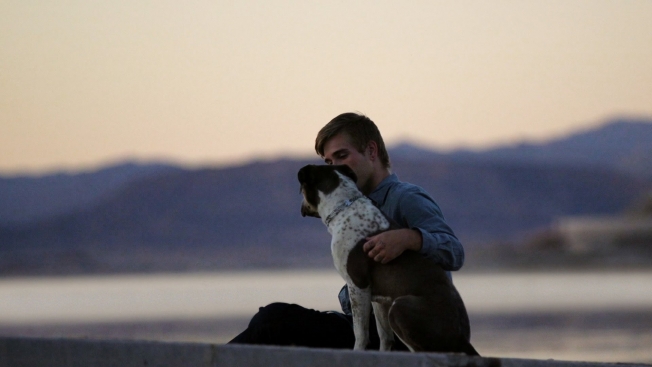
“You save a dog. A dog saves you.”
That’s the poignant message of “First Days Out,” a four-minute online film for Pedigree by Almap BBDO in Brazil that follows Joey and Matt, two former inmates who begin to turn their lives around after they adopt rescue dogs.
Joey, who served 12 years for armed robbery, finds the world transformed, and in some ways unrecognizable, after his release. At first he’s alone, confused and frightened about his future, but a trip to the pound changes everything.
“Having a dog with me in this house was so much better,” he says. “Sadie became my family.” Soon, he’s training kennel dogs for adoption.
Matt, who served two years for burglary, is initially estranged from his father and reluctant to connect with others. At one point, he draws a heartbreaking parallel between his own life (inside and out of prison) and the lives of the dogs in the animal shelter: “They all looked kind of sad, just like I was—just caged in.” After adopting Jeanie, he feels as if his “future’s bright again,” and he starts going on job interviews and brings the dog to meet his dad.
The immensely moving documentary, directed in a relaxed, naturalist style by Ricardo Mehedff via Hungry Man, is part of Pedigree’s new “Feed the Good” campaign, its first global push in several years.
“By nourishing the lovable innocence in every dog, Pedigree helps feed the good they bring to the world,” explains Leonid Sudakov, CMO of Mars Global Petcare.
That same theme informs all campaign elements, which include TV, print, online, in-store and social media. Of course, interpretations will vary. For example, a 30-second spot by Colenso BBDO in Australia, titled “Good Fight,” feels more like a typical “commercial” than “First Days Out.” Still, its quirky take on an a street fight about to happen is far from typical pet-food ad fare.
We chatted about “First Day Out” with Mehedff and his brother Alex, who produced it.
AdFreak: “First Day Out” sort of takes the “cute puppy” commercial in a fresh, more meaningful direction. Can you speak to that a bit?
Alex: Advertising is moving into this new territory of content storytelling. A more emotional engagement. With this in mind, we need to approach the narrative of the film differently. The creative [idea] behind this film is just brilliant. That moved us in a big way to get involved and tell a moving story.
Anytime you move away from the “typical” creatively—and hats off to the agency for this brilliant idea—it becomes a golden strategy. We’re happy to have been able to deliver up to par with the idea. We hope it will move people, engage emotionally with the audience … and place the brand in a very special place.
Take me through the process of putting the project together.
Alex: The process is just deep character research, where you cast real people and see what they can bring to the story. You definitely need a couple of weeks. If you rush this phase, you’re dead in the water.
Ricardo: We started nationwide, and were able to get many candidates. Some were inmates who had participated in dog training programs while in prison. This is how we found Joey. He’d done 12 years, and in the last four, he got into the dog training program that, in his owns words, changed his life. When he got out, he was truly alone, and since he spoke so well about dogs, Pedigree helped him adopt a dog for himself. And the incredible thing is, you could really see the change in his spirit and mood. Sadie really brought a smile to his face. The job he got as a dog trainer was directly related to his experience in the dog training programs in prison.
Matt never had any contact with dog training programs in prison. He was just a kid going through a rough patch with his father and having a hard time getting adjusted to life on the outside. Pedigree suggested that he adopt a dog and see what would happen.
What were the biggest challenges in making the film?
Ricardo: We found many other good characters in our research, but were limited to only shooting two of them. Then, shooting in a way that could capture the emotion and truth of their stories and experiences. I found that the best way to do this was to shoot them in the most naturalistic way, with as little interference as possible.
What surprised you most?
Ricardo: How the dogs really helped these guys. I thought it would be strong, but their connections were really intense.
From the first day I met Joey, he was always a very serious, soft-spoken guy. He was really nice, but very quiet. Almost never smiled. Sometimes I would kindly ask him to smile, but it just didn’t look right. The moment he adopted Sadie, he was became a different person, a natural smile formed. This guy truly loves dogs. And his facial expressions show this.
It must be tough not to make this kind of material seem overly manipulative.
Ricardo: That was my goal in making this film. I have a strong background in documentary filmmaking, having worked closely with Eduardo Coutinho, one of the most important doc filmmakers in Brazilian cinema. I direct and edit my films, so that really helps in the storytelling process. As I’m directing, I’m usually editing the film in my head.
This film was about capturing the magic that occurs between man and dog. I knew this magic exists. I just wanted to shoot it in a way that was non-invasive and let their relationship flourish and grow naturally.
CREDITS
Advertiser: Mars
Agency: AlmapBBDO
Title: First Days Out
Product: Pedigree
General Director Creation: Luiz Sanches
Executive Director Creation: Bruno Prosperi, Renato Simões
Creation Director: André Gola, Pernil
Digital Creative Director: Luciana Haguiara
Creation: Pernil, André Gola, Fabio Cerdeira, André Sallowicz, Felipe Cirino, André Leotta
Rtvc: Vera Jacinto, Ana Paula Casagrande, Diego Villas Bôas
Producer: Hungry Man
Managing Partner: Alex Mehedff
Executive Producer: Rodrigo Castello e Renata Corrêa
Direction: Ricardo Mehedff
Photography: Grant Weiss, Mike Alex and Ricardo Mehedff
Line Producer: Mariana Barbiellini
Track: Big Foote
Assembler / Editor: Ricardo Mehedff
Post-production Supervisor: Rodrigo Oliveira
Finishing: Great Studio
Color Grading: Psycho N’Look
Assistance: Fernanda Antonelli, Pedro Fragata, Samantha Kechichian and José Maria Fafe
Planning: Cintia Gonçalves, João Gabriel, Daniel Machado, Augusto Veríssimo and Marília Rodrigues
Media: Flávio de Pauw, Brian Crotty, Fábio Cruz, Juliana Melo and Carolina Pimentel
Digital Media: Kaue Cury, Livia Novaes e Rogério Beraldo
Business Director: Rodrigo Andrade
Approval: Leonid Sudakov, Marina Sachs, Oduvaldo Viana, Fernando Manoel





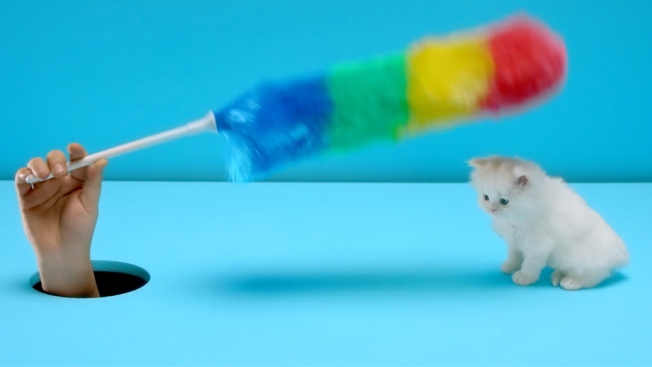
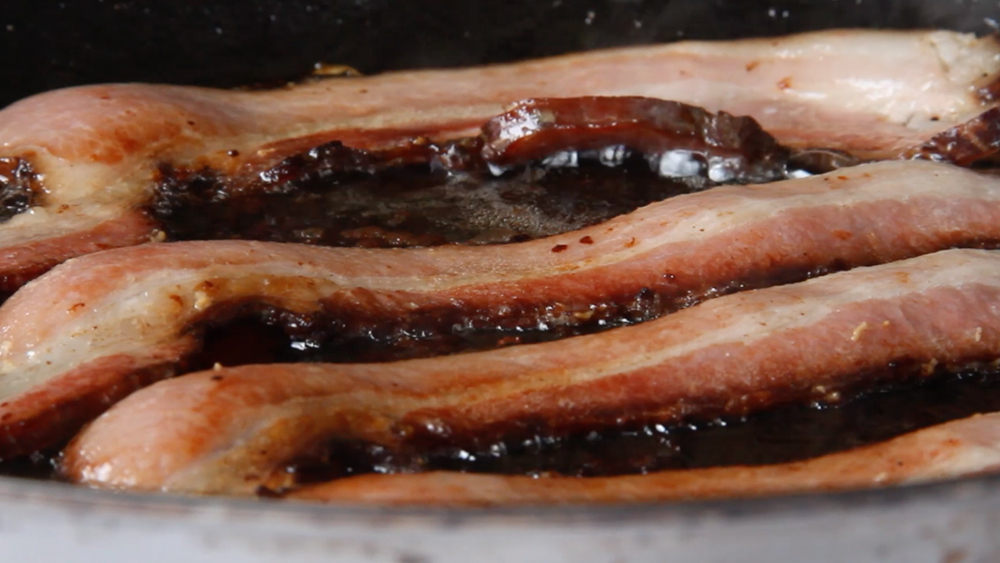
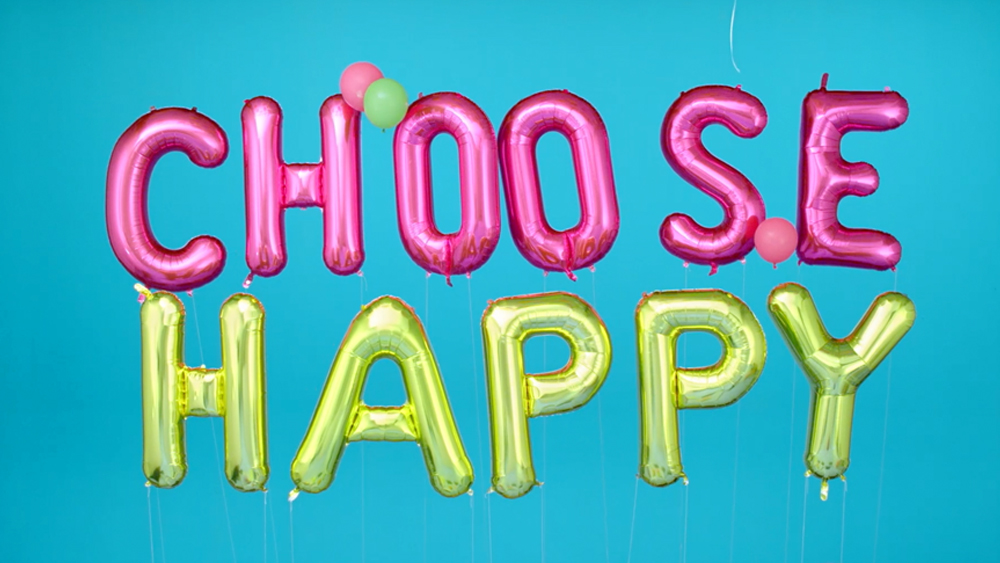
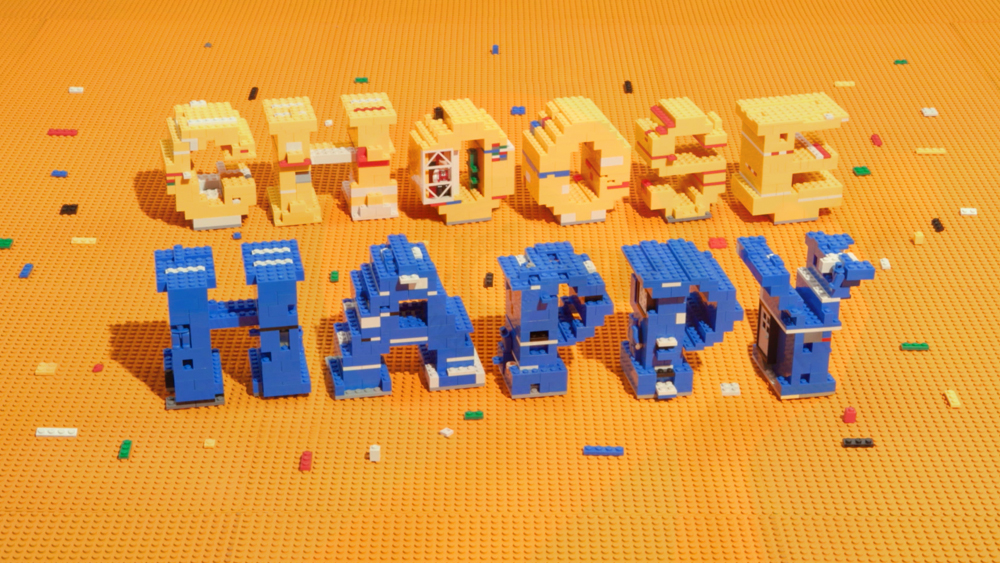
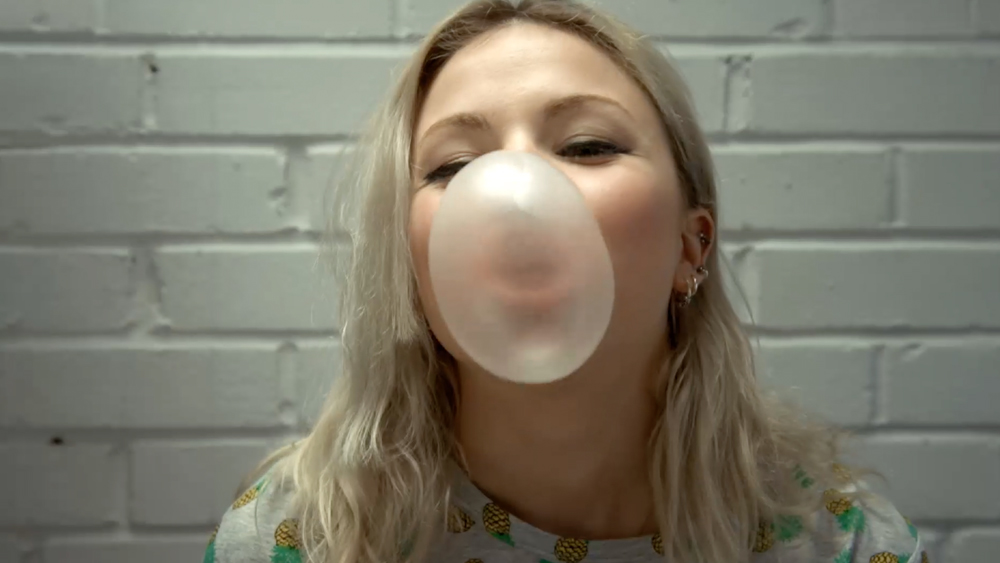
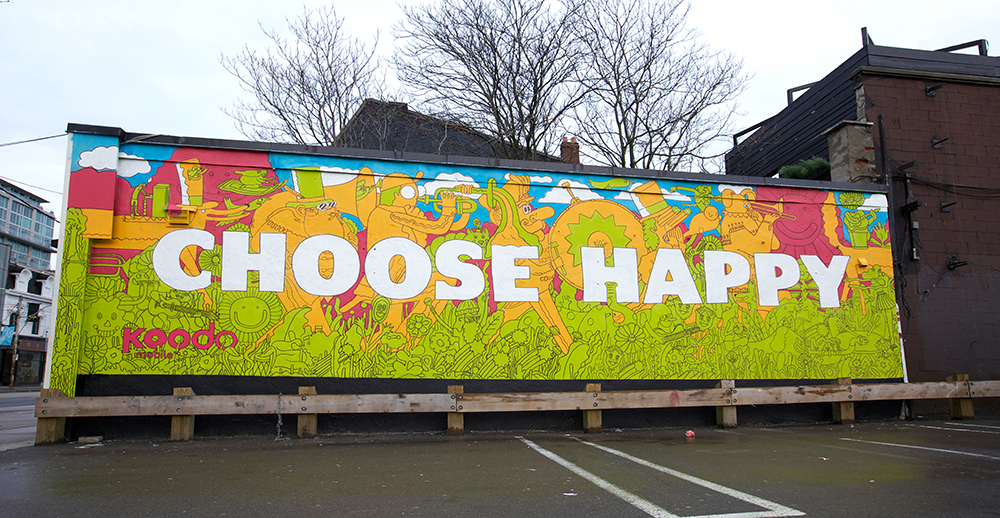
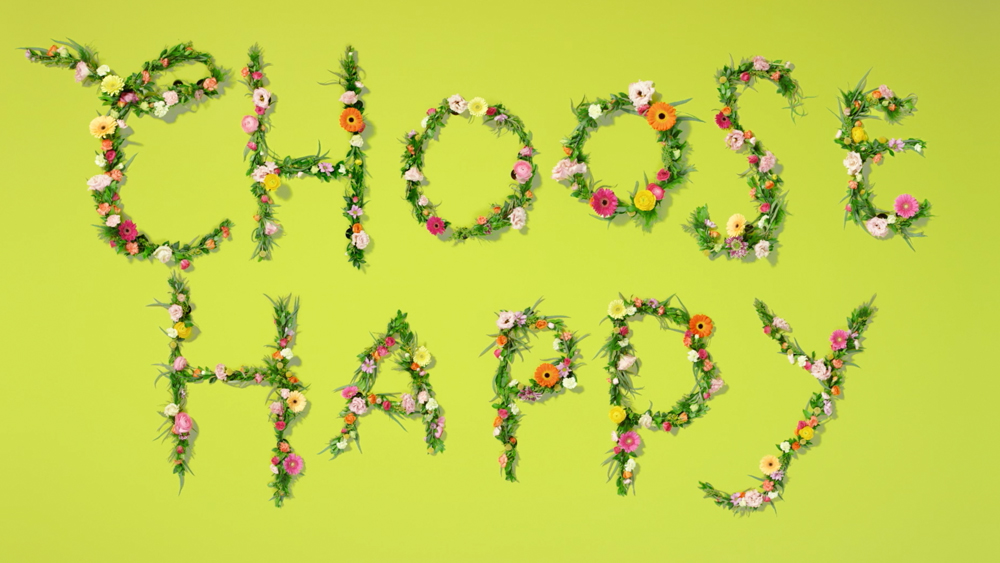
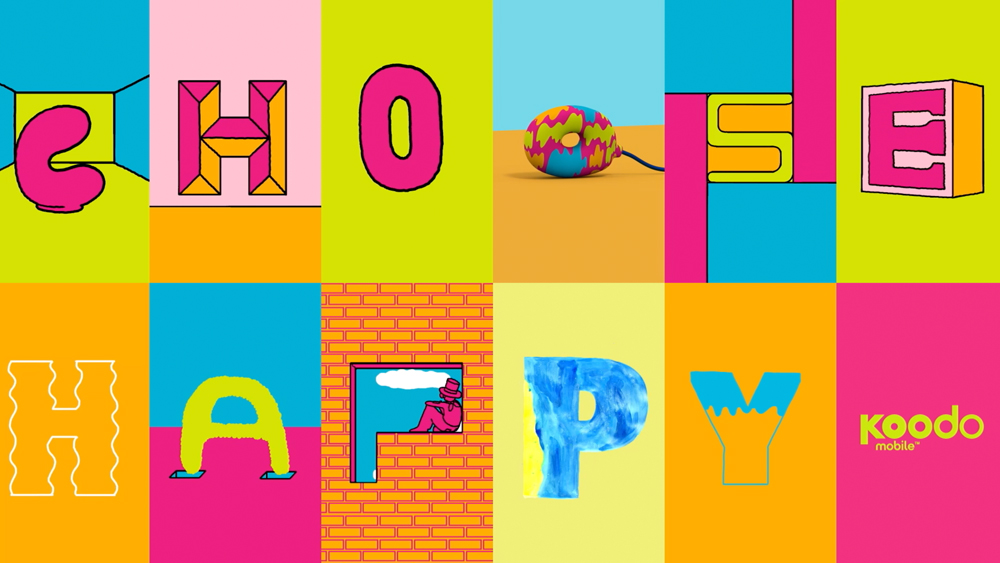
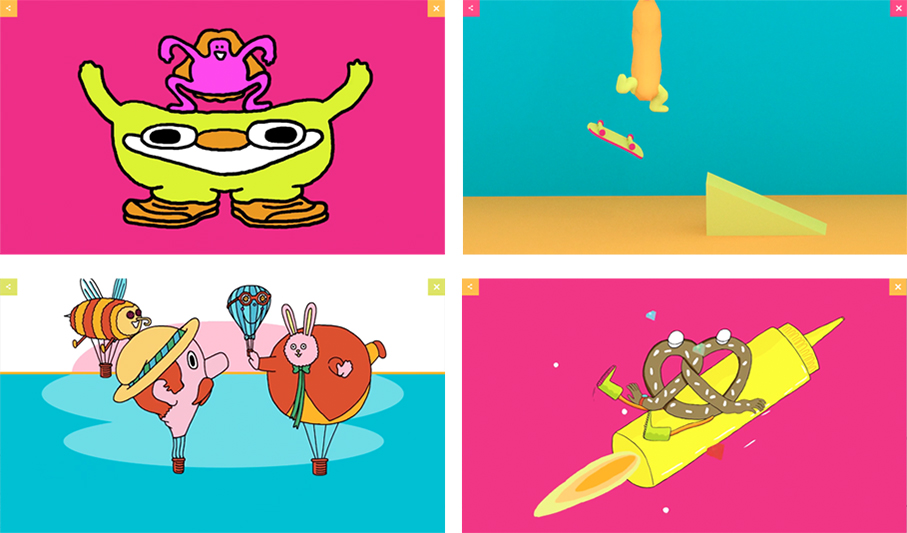
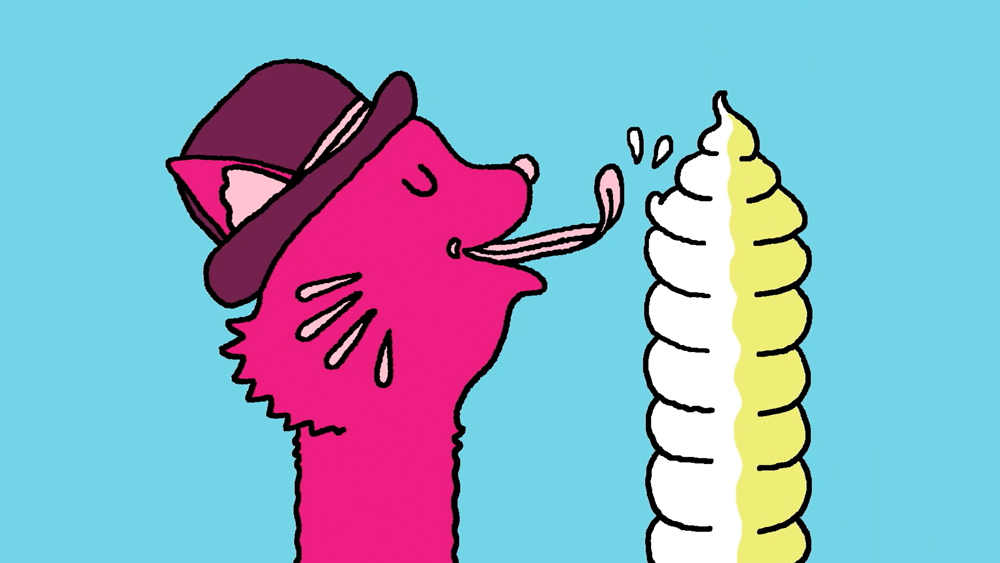
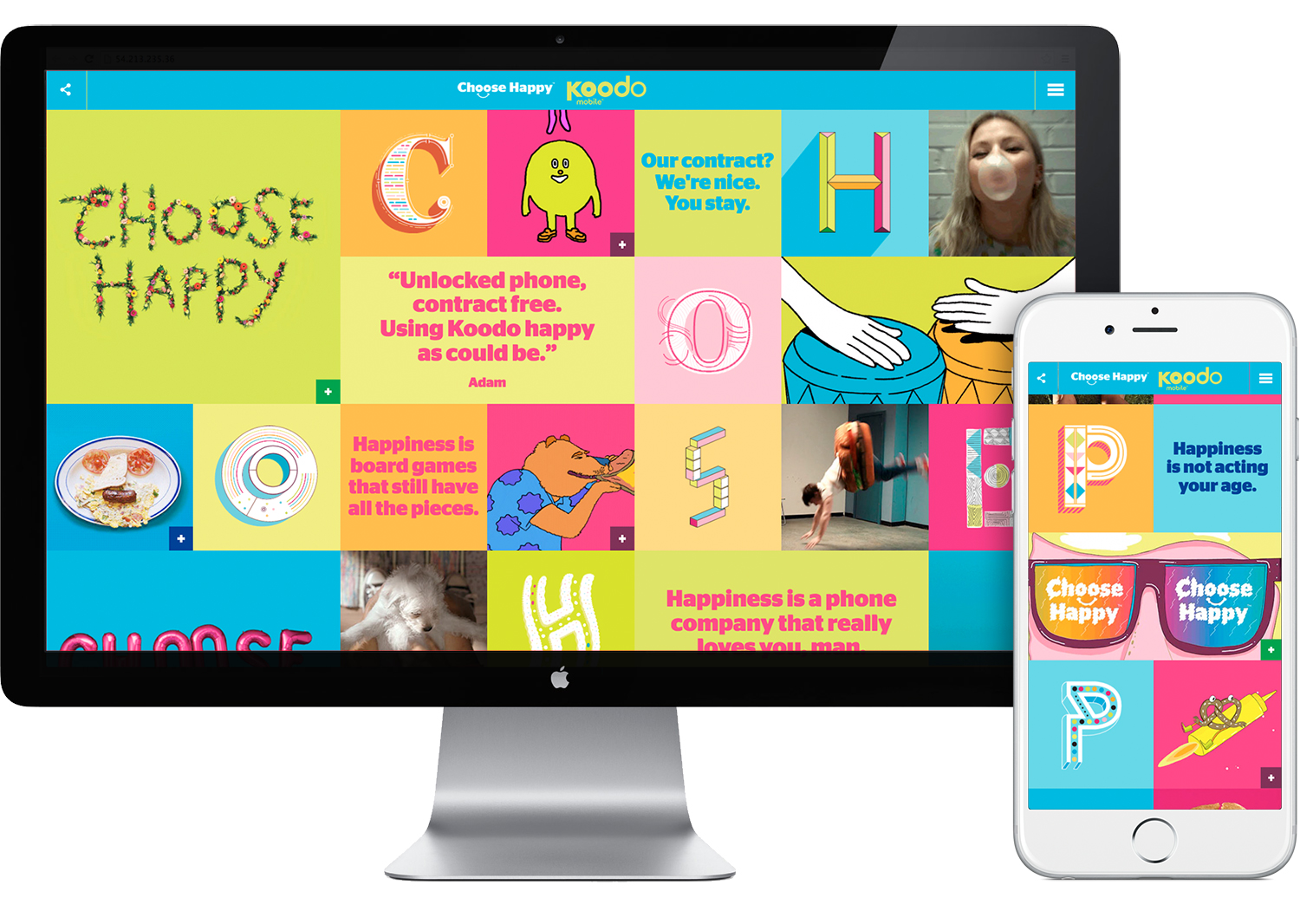
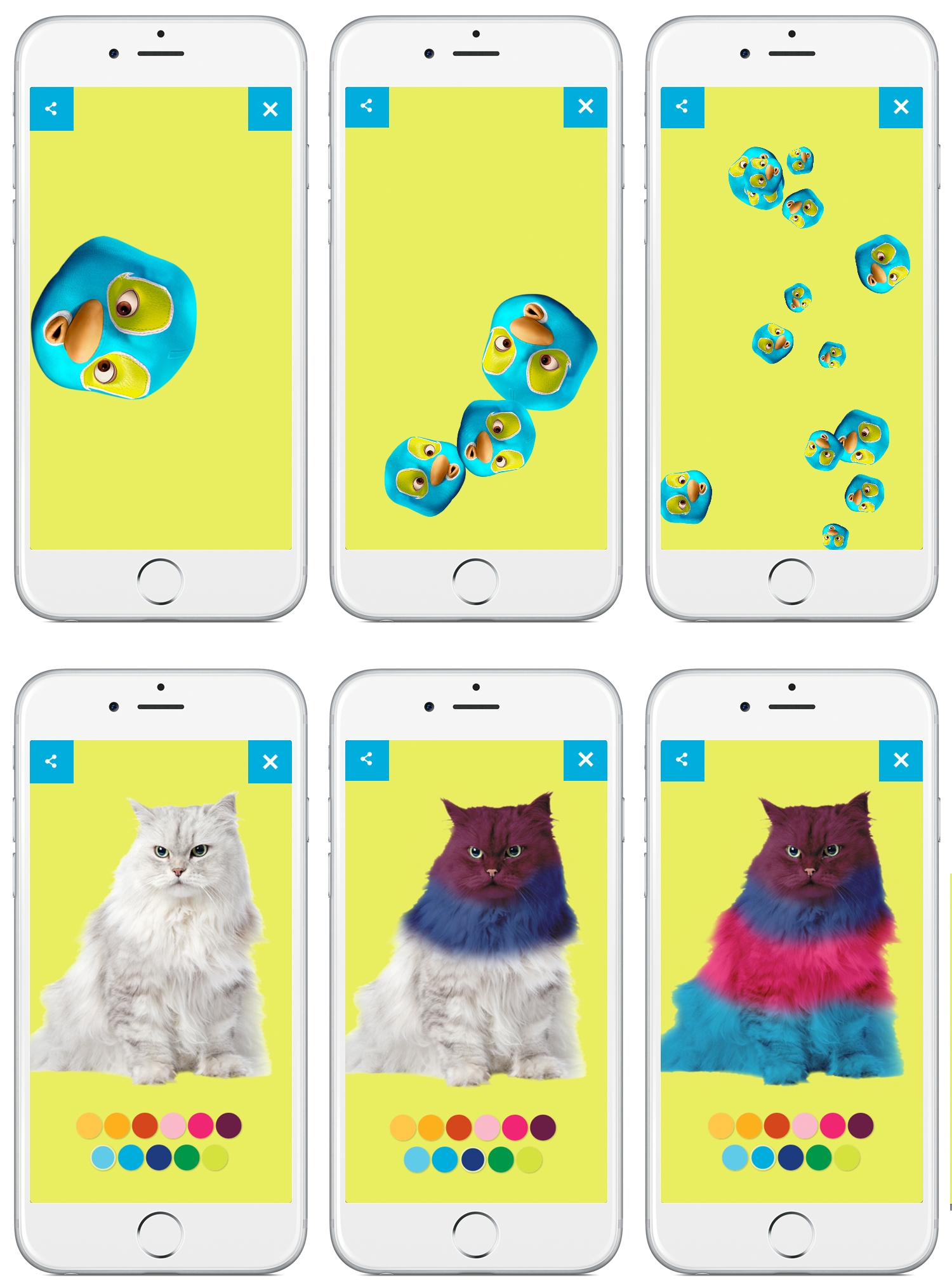
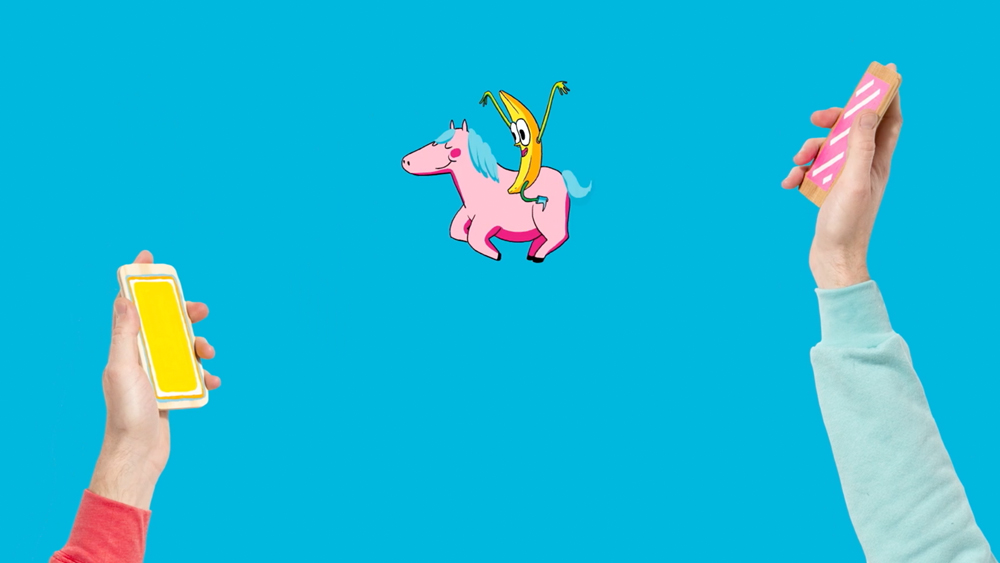
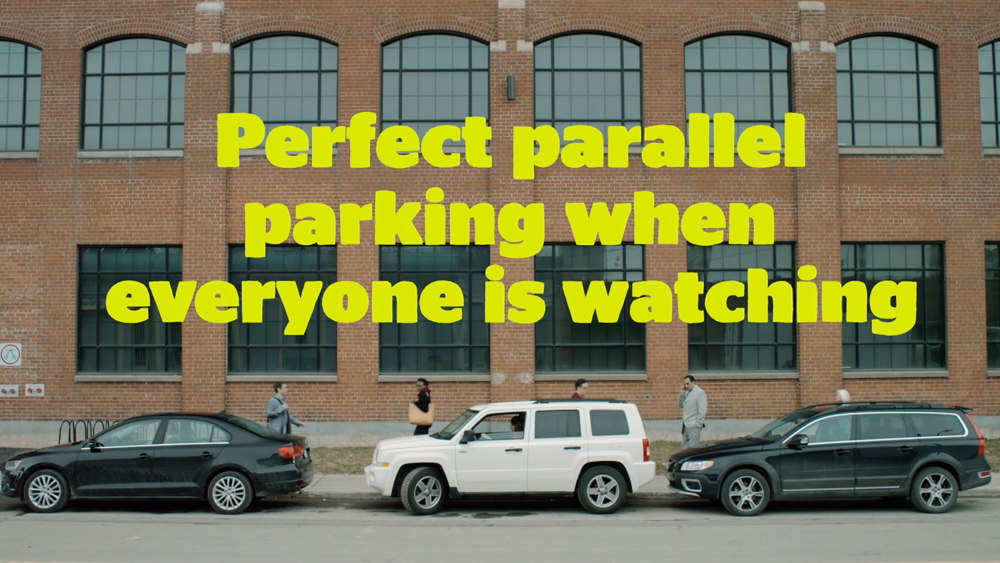
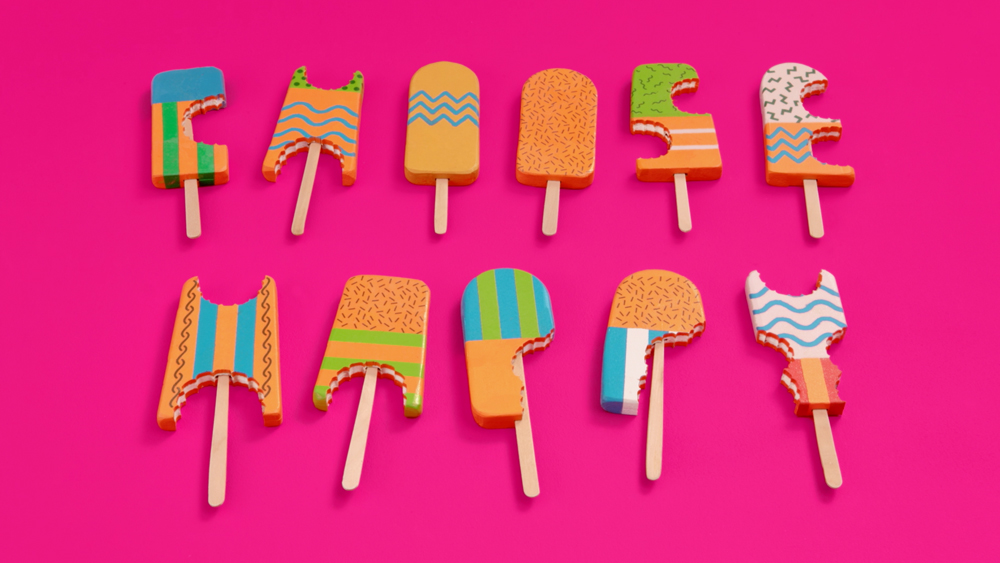
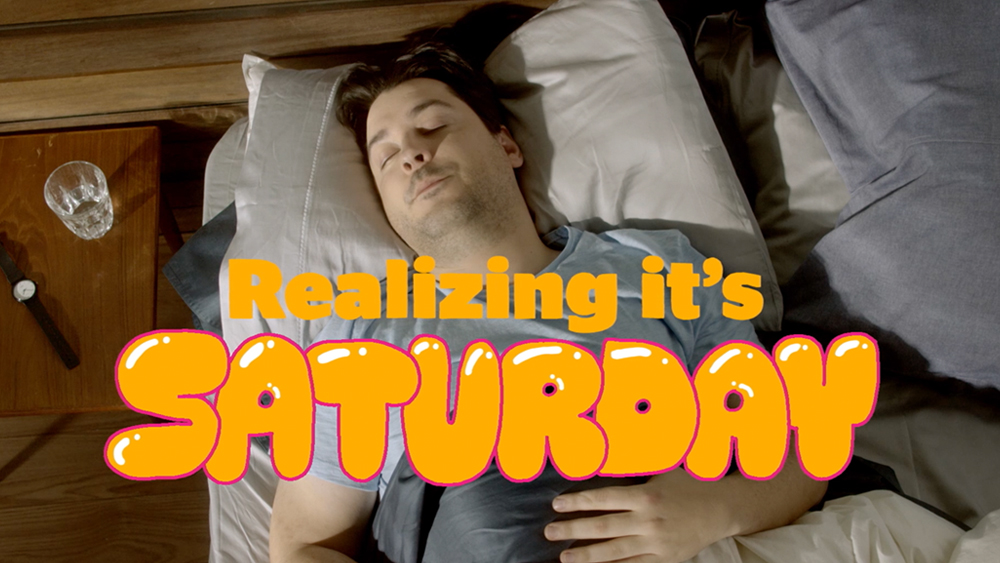



![]()

